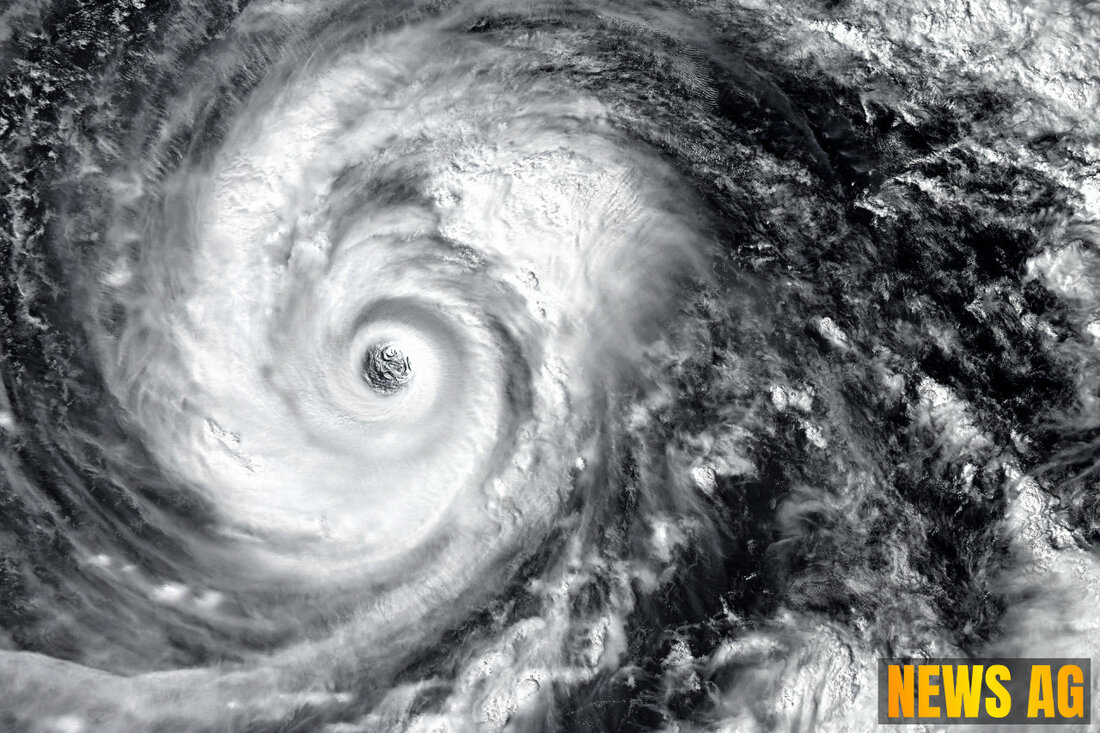Hurricane Charley: 21 Years Since the Storm That Changed Florida Forever
Explore the impact of Hurricane Charley, a Category 4 storm that struck Punta Gorda on August 13, 2004, causing severe damage.

Hurricane Charley: 21 Years Since the Storm That Changed Florida Forever
As we reflect on past hurricanes that have shaped the Sunshine State, one storm stands out—Hurricane Charley. This powerful and destructive force made its mark on Florida from August 9 to 15, 2004, and remains a pivotal chapter in the state’s meteorological history. By the time it had finished its course, Charley had wreaked havoc across several counties, reminding residents of the unpredictability of nature.
Hurricane Charley was classified as a Category 4 hurricane. It reached its peak intensity with winds howling at a staggering 150 mph (240 km/h). Charley’s path led it directly to Punta Gorda, where it made landfall on August 13, resulting in widespread devastation. Being the strongest hurricane to impact the U.S. since Hurricane Andrew in 1992, Charley also tied with Hurricane Ian as the most powerful hurricane to hit southwest Florida in recorded history, according to News-Press.
The Impact of the Storm
The repercussions of Hurricane Charley were severe and widespread. The storm claimed ten lives in Florida and caused approximately $16.9 billion in damages to insured property, making it the second costliest hurricane in U.S. history at the time. Significant destruction was reported in Punta Gorda and surrounding areas, as winds gusted to a hair-raising 106 mph (171 km/h). Power outages affected around 2 million residents, while a peak storm surge of between 10-13 feet (3.0-4.0 meters) inundated parts of the coastline, particularly at Vanderbilt Beach near Naples. In Cuba, the devastation was equally dire, leading to $923 million in property damage and leaving over 70,000 homes damaged or destroyed. According to Wikipedia, Charley also triggered mass evacuations, with around 1.9 million people urged to leave their homes.
Interestingly, Charley’s origins can be traced back to a tropical wave off the west coast of Africa. It transformed into a tropical depression by August 9, rapidly intensifying into a hurricane just before making landfall. The storm was absorbed by a front in the Atlantic Ocean on August 15, but its memory lingers in the hearts of many, leaving behind lessons about preparedness and resilience.
Analyzing Data and Lessons Learned
The National Hurricane Center (NHC) provides detailed reports on storms like Charley, offering insights into their meteorological statistics and impacts. From the historical records, one can see not only the path and strength of the storm but also the effectiveness of forecasts and preparedness measures. As part of their efforts, the NHC has a rich database that includes past hurricane tracks and monthly summaries of tropical cyclone activity, ensuring that both history and knowledge are preserved for future generations. You can dive deeper into the archives at NHC.
Hurricane Charley’s legacy continues to serve as a reminder of nature’s overwhelming might. The storm’s aftermath, with its extensive damage and loss of life, remains vivid in the minds of those who experienced it. Preparing for the next hurricane, whenever it may come, there’s something to be said for learning from the past. As residents of Florida, we are all too aware that with each storm season, the lessons of Charley—and many others—remain ever-relevant.

 Suche
Suche
 Mein Konto
Mein Konto